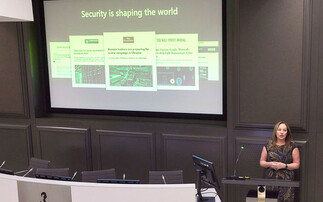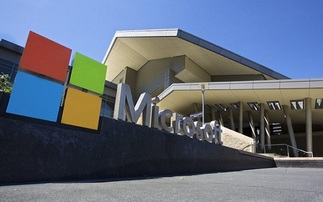Spy agency used LinkedIn and Slashdot pages injected with malware to compromise Belgium's national telecoms operator
British spy agency GCHQ has been accused of using fake LinkedIn profiles injected with malware to compromise the security of Belgium's national telecoms operator Belgacom. The revelations made o...
To continue reading this article...
Join Computing
- Unlimited access to real-time news, analysis and opinion from the technology industry
- Receive important and breaking news in our daily newsletter
- Be the first to hear about our events and awards programmes
- Join live member only interviews with IT leaders at the ‘IT Lounge’; your chance to ask your burning tech questions and have them answered
- Access to the Computing Delta hub providing market intelligence and research
- Receive our members-only newsletter with exclusive opinion pieces from senior IT Leaders





















